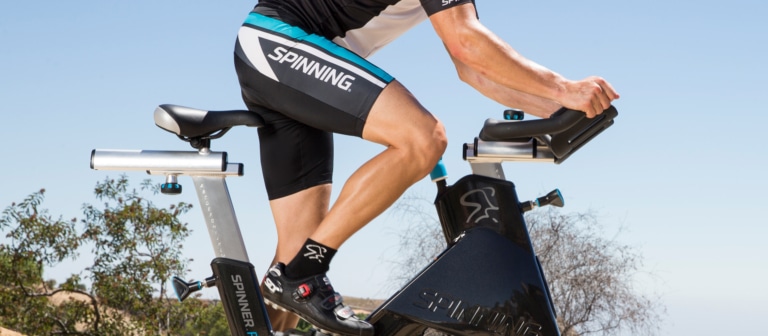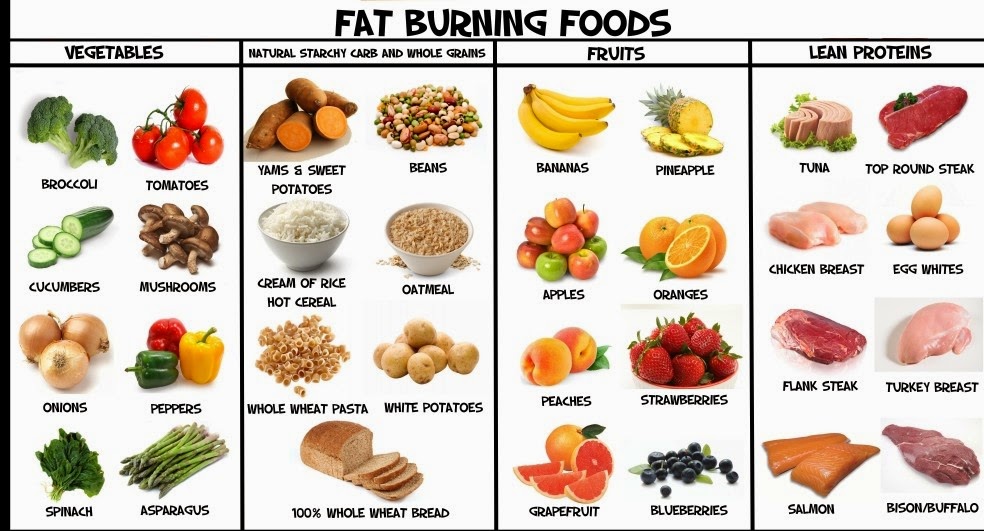
A'moderate' diet allows for a variety of foods. It allows milk or dairy substitutions, nuts & seeds, healthy oils, poultry, and refined carbohydrate in moderation. This diet is primarily vegetarian, vegan, or a combination of both. However, it is possible to eat many foods.
Metabolic typing
Metabolic Typing is a pseudoscience claiming that every person has a unique metabolism that requires different macromolecules. A certain ratio of macromolecules in a person's diet can be beneficial, but may cause harm to their health.
A metabolic typing diet chart can help determine the right macronutrient ratios for your body. For instance, some people benefit more from eating a higher percentage of protein while others benefit from eating a diet that focuses largely on carbohydrates. The ratio of different macronutrients has a large impact on health and weight. Only healthy individuals should use metabolic typing. A medical professional can help you determine your metabolic type.
Plant-based diets
The body can benefit from a plant-based diet, which includes the prevention of many diseases. This type diet is free from oil, processed foods, and added sweeteners. This diet is high-fiber and low in saturated and cholesterol. It can help you lose weight and LDL, which are two major causes of cardiovascular diseases.

Plant-based diets include a wide range of vegetables and fruits. It should consist of at least two-thirds plant-based foods. It should also contain very little meat or other animal products. It should also contain healthy fats, such as olive oil, nuts, seeds, and avocados. A diet that includes whole grains and legumes should be included, in addition to fruits or vegetables.
Low-carb diets
Low-carb diets restrict the amount of carbohydrates in a person's diet relative to the average diet. These foods are then replaced with foods with higher fat and protein content. This makes them more filling, satiating, and satisfying. If you are trying to lose weight, a low-carb diet may be a good option.
Before you embark on a low carb diet, it is important to consult your doctor. It's important to determine if it will be beneficial for you, and to consider your dietary needs before making any drastic changes. A low-carb diet reduces carb intake to below 26 percent. Carbohydrate intake should be between 45 and 65 percent of a person’s daily calories. That means that one should not consume more then 130 grams of carbs per day.
Ketogenic diet
A Ketogenic is a diet that uses your body's fat to provide energy. This is achieved through reducing insulin levels. It makes your body a fat burning machine. MCT Oil, which aids in fat-burning hormones and ketones production, is often included with the ketogenic diet.
A gallon of water is essential for anyone following the ketogenic lifestyle. This is important because water regulates a number of bodily functions, including hunger. In order to lose weight, a steady supply of water can help reduce insulin spikes. As well as drinking plenty of water, it is important to get a moderate amount of exercise. Walking 20 minutes per week for 20 minutes can help to lose weight and stabilize blood sugar.

Atkins diet
The Atkins diet is not easy, but it has many benefits. The Atkins diet promotes healthy lifestyle changes that can last up to one year. This diet is popular with those who want to permanently lose weight. This diet includes low-carb foods like spaghetti squash, chicken meatballs and grilled fish. You can also eat low-calorie versions some popular foods like cucumber slices with cream cheese, celery sticks with peanut sauce, and celery sticks.
The Atkins Diet is getting more popularity than it has been criticised. Some doctors believe that the diet is harmful, especially for people with chronic health problems. According to the American Medical Association "The Atkins diet differs" from the recommended dietary intakes as well as the American Dietetic Association. Atkins' diet is high-fat, unbalanced, and deficient in essential nutrients and vitamins.
FAQ
Are there any side effects of intermittent fasting?
Intermittent fasting does not have any known side effects. If you don't plan well, you may experience minor issues.
You might feel irritable if you skip breakfast. You might also experience headaches, dizziness, fatigue, and muscle cramps.
These symptoms usually disappear within a few days.
What should I eat when I fast intermittently to lose weight
You can lose weight by cutting out carbs. This means eliminating carbohydrate-based foods such as pasta, bread, rice, potatoes, or other carbohydrate food.
Also, you should avoid eating too many protein as it can make you feel fuller for longer. This will ensure that you don't feel hungry as frequently.
Focus on foods rich in healthy fats like olive oil, avocado, nuts and seeds. These foods are satisfying and will keep your hunger at bay for hours.
It's important to make sure you're drinking plenty of water, too. Water can help you lose fat by keeping you hydrated.
This could be because you find you really crave these foods when fasting. These cravings don't necessarily mean that you should give in. If you do this, you might gain more weight that you have lost.
In order to prevent eating too much, limit the amount you eat during the day. If you feel hungry, drink water and not reach for another snack.
It may sound counterintuitive but this has been shown to help you lose weight. One study published in Obesity showed that plain water was more nutritious than sugary drinks.
In addition, drinking plain water helped reduce feelings of hunger. Drinking water is the best way to lose weight if you don't want sweetened beverages.
To lose weight, you don’t have to count calories or restrict certain foods. Instead, focus on making small changes to your lifestyle.
Try swapping out your usual breakfast sandwich in favor of a bowl o' oatmeal. Try swapping your afternoon cookie to a piece or fruit.
These easy swaps can add up and help you lose weight without spending hours in the kitchen.
Why Exercise is Important for Weight Loss
The human body has incredible capabilities. It was built to move. Our bodies are designed to move, whether we're running, swimming or biking, lifting weights, doing sports, jumping rope, walking or standing still.
Exercise also burns calories and improves muscle tone. This will make you feel healthier both mentally and physically. Exercise is an important part of weight loss.
-
The exercise increases metabolism. When you're active, your body will use energy. Moves increase heartbeat, blood flow, and oxygen absorption. All of these activities require energy. You can burn calories more easily by exercising and increasing your metabolic rate. Burning calories is how much energy your body uses during physical activity.
-
Exercise reduces appetite. Exercise can help you lose weight.
-
Exercise builds strength. Muscle tissue takes more energy to work than fat tissue. Therefore, if you build lean muscles mass, you will not need as much food to maintain your current weight.
-
Endorphins are released when you exercise. Endorphins can make you happy. They are released into your bloodstream when you exercise. Endorphins block pain signals from reaching the brain, according to studies. This results in a feeling of wellbeing.
-
Exercise boosts self-esteem People who exercise regularly tend to have higher self-esteem. It also leads to a healthier lifestyle.
You can lose weight by making small changes. These tips can be added to your daily routine.
Statistics
- According to a study sponsored by the American Council on Exercise, a person weighing around 140 pounds (64 kg) would burn 108 calories at a 30-minute beginner's Pilates class or 168 calories at an advanced class of the same duration (26). (healthline.com)
- It's estimated that half of all American adults attempt to lose weight every year (1Trusted (healthline.com)
- According to Harvard Health, it's estimated that a 155-pound (70-kg) person burns around 167 calories per 30 minutes of walking at a moderate pace of 4 mph (6.4 km/h) (5). (healthline.com)
- Among women, the increase in metabolic rate was nearly 4%, or 50 more calories per day (14Trusted Source (healthline.com)
External Links
How To
How to get rid of weight
The best way to lose weight is through exercise. Many people are not aware of how to properly exercise. Cardio exercises include walking, running, swimming and cycling. Strength training should also be included such as lifting weights, doing pushups, pullups, squats, lunges etc. Combine these two types together to lose weight. Start exercising and find friends to support you. You can go to a gym, or you can just take a walk around the neighborhood. No matter which type of activity, you need to be consistent with it. It's easy to get off-track when you first begin working out. If things don't go your way, don't lose heart. Just keep at it!